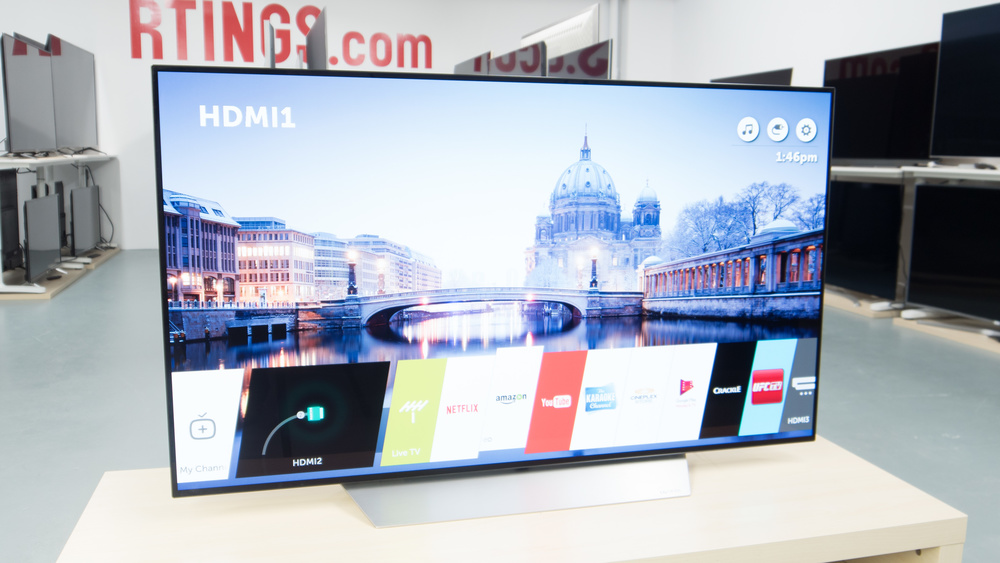I usually watch this forum and off late noticed more threads with OLED/ others tv brands reporting panel degradation. Due to Covid, Self-isolation greatly accelerated panel degradation time because viewers are watching more TVs then before. It will be interesting to see how things turn out in future.

 www.avforums.com
www.avforums.com

OLED SCREEN BURN ( permanent image retention)
Oled has only been used in mainstream home entertainment for a very short time and it's long term life span is yet to be seen . There has been talk and fears of screen burn since they became available to the mass market in 2013 but has anyone actually got screen burn on there Oled TV ? I have...


